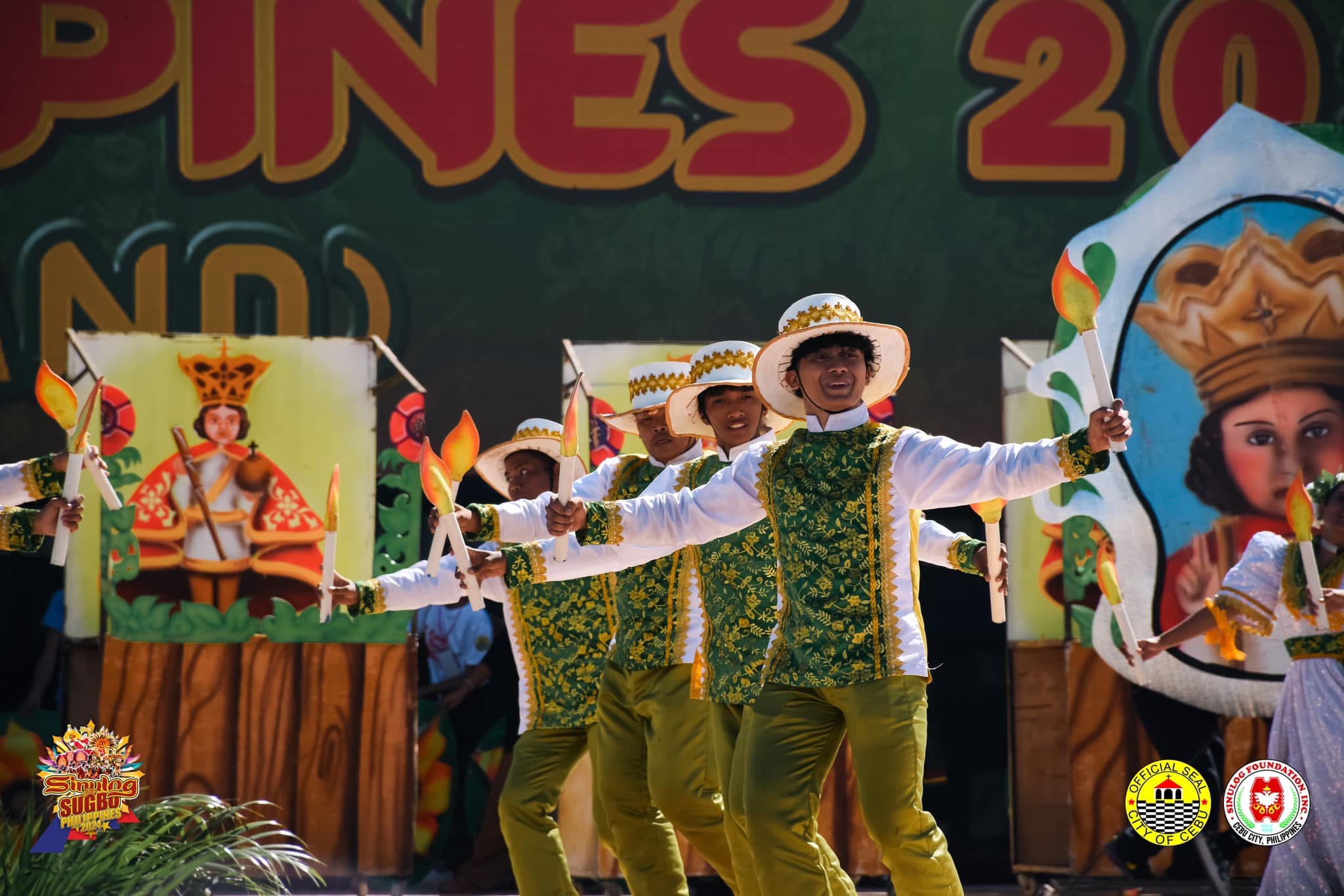HISTORY OF SINULOG
The Sinulog Festival is one of the Philippines’ most celebrated events, held annually in Cebu City to honor the Santo Niño de Cebu. Its origins date back to pre-colonial times when early Cebuanos performed the Sinulog dance—a two-step forward and backward movement resembling the river’s flow to honor their deities.
In 1521, Portuguese explorer Ferdinand Magellan introduced Christianity to Cebu. As a baptismal gift, he presented the image of the Santo Niño (Child Jesus) to Queen Juana, wife of the local chieftain Rajah Humabon. Legend has it that overcome with joy, the queen danced in veneration of the Santo Niño, blending native rituals with Christian faith. This event marked the first recorded Christian Sinulog dance.

The modern festival began on January 18, 1981, when David Odilao Jr., the head of the Ministry of Sports and Youth Development in the city, organized the first Sinulog parade. Featuring performers in traditional attire dancing to the beat of drums, it gained recognition under Cebu City Mayor Florentino Solon, who made it an annual celebration.

Today, the Sinulog Festival unfolds over nine days, highlighted by daily novena masses at the Basilica Minore del Santo Niño. On the third Saturday of January, the day before the grand parade, an early morning fluvial procession brings the celebration to life, with nearly a hundred boats and yachts sailing in honor of the Santo Niño. Later in the afternoon, a solemn religious procession through the streets profoundly expresses devotion to the Child Jesus and the Holy Family. The third Sunday of January is the Grand Parade, when dancers in colorful costumes perform synchronized movements to drumbeats, showcasing Cebuano artistry and deep devotion. Sinulog is a testament to Filipino faith and culture, blending ancient traditions with Catholic heritage.

